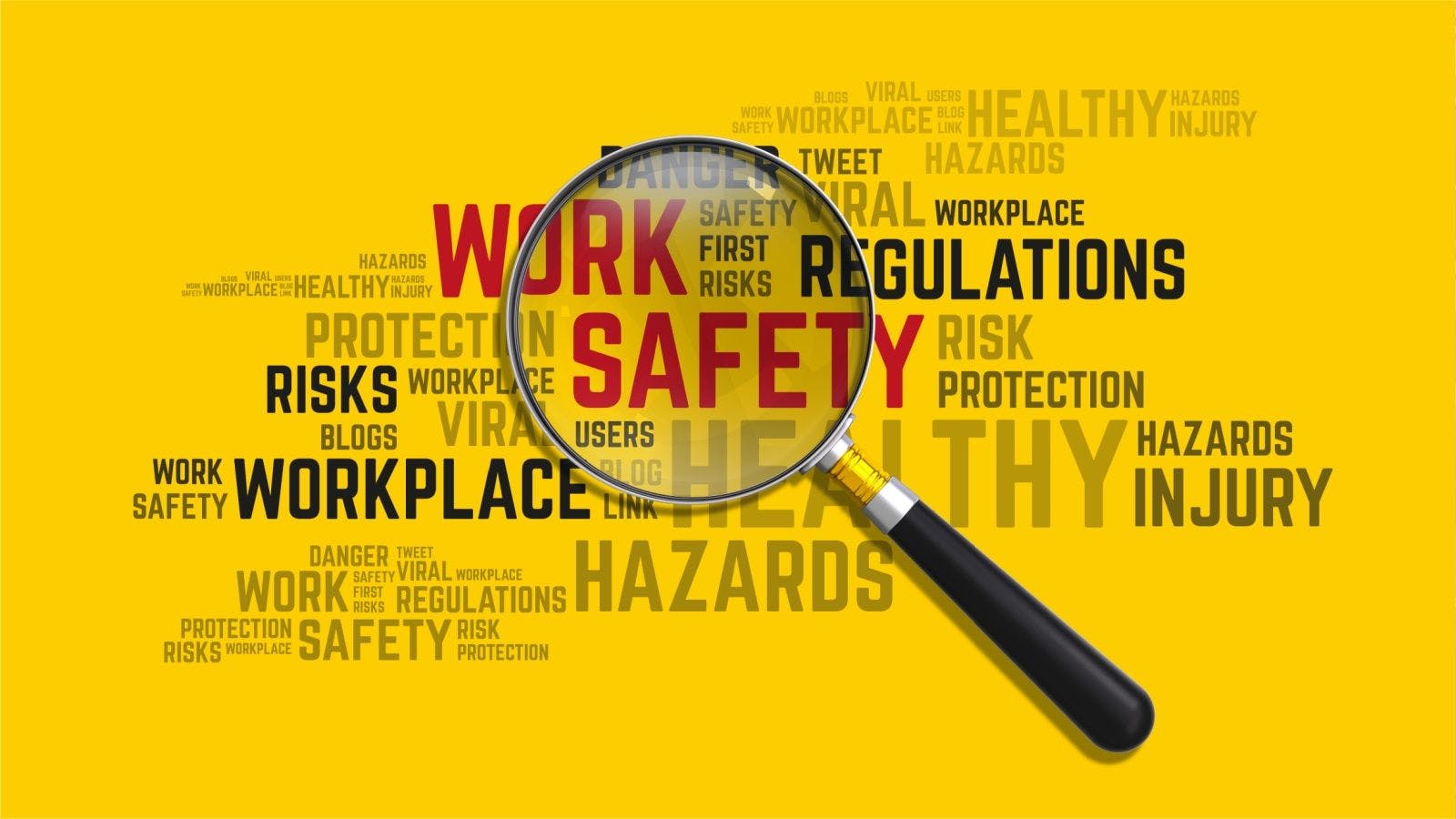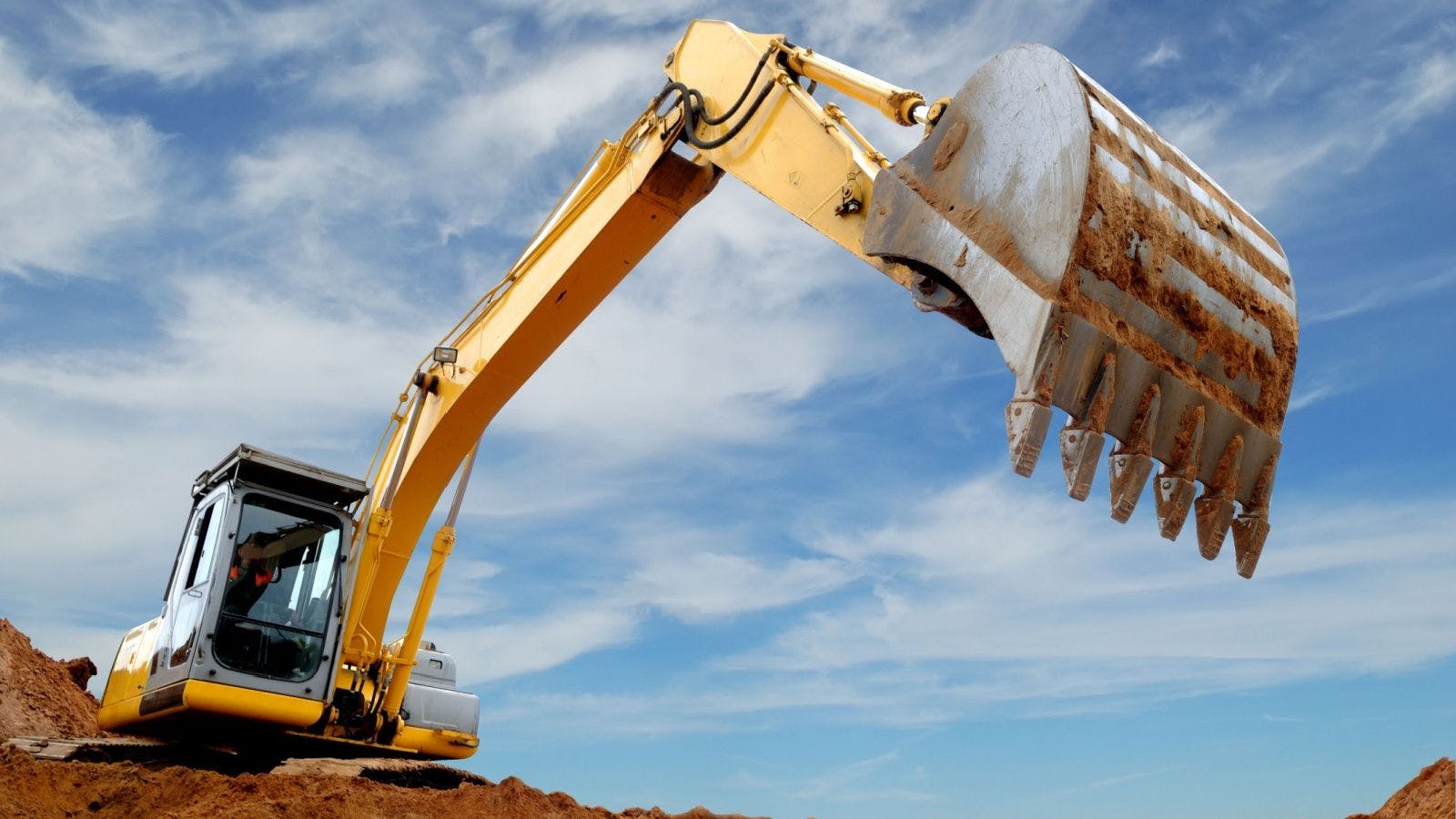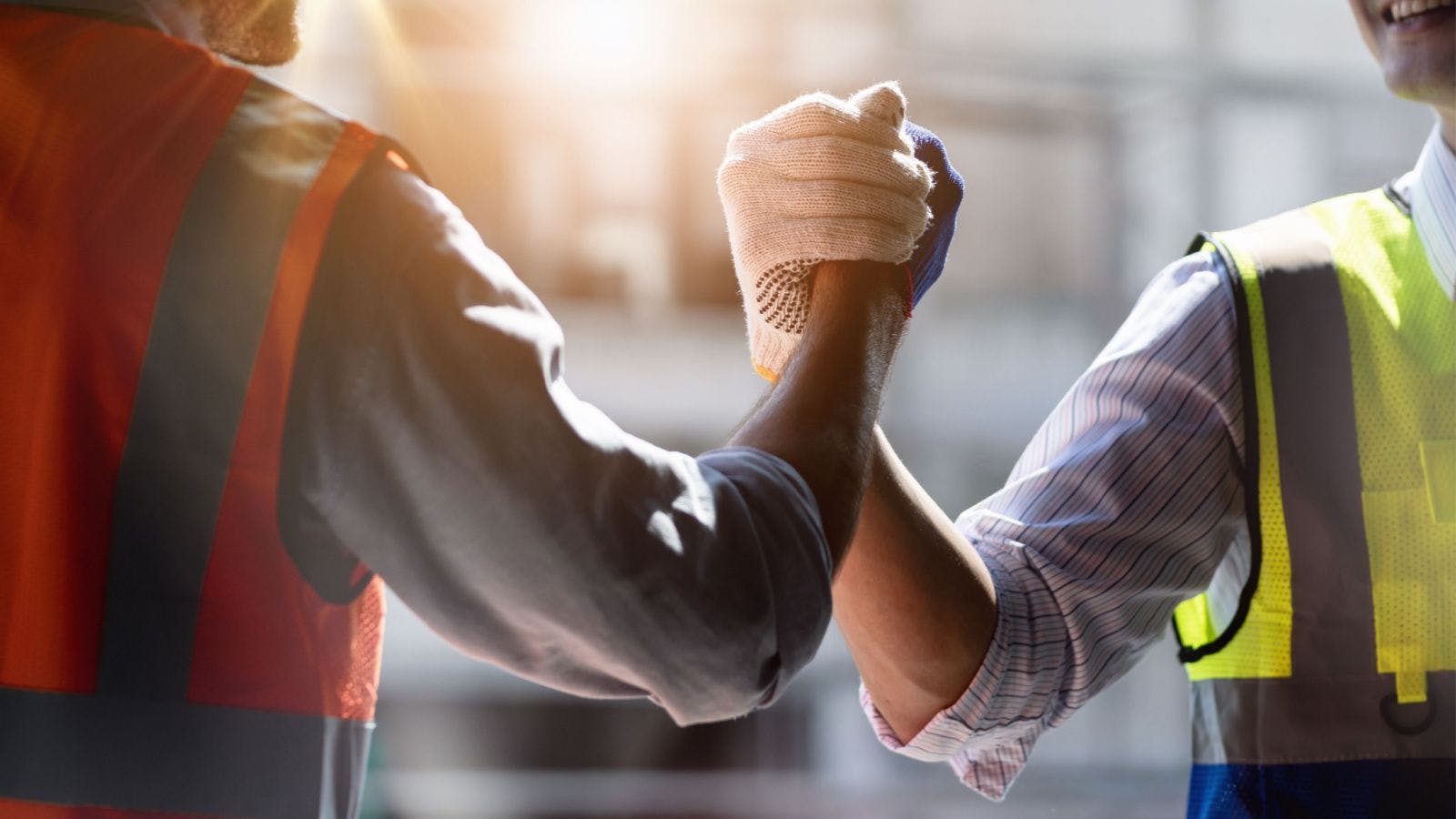Despite Increased Presence in Construction, Women Lack Size-Appropriate PPE
Ill-Fitting PPE Compromises Safety, Efficiency and Comfort
Fit. Functionality. Comfort. These are absolute musts for any employee wearing personal protective equipment (PPE) for work. Yet for many women in the workplace, finding PPE that fits well remains a challenge.
In 2021, women comprised 11% of construction workers, 7.9% of truck drivers and 29% of manufacturing employees (Bureau of Labor Statistics), and their numbers in these fields continue to increase. Unfortunately, their options for proper-fitting PPE are not growing.
"It's difficult to find PPE that fits women, because there is limited availability of these products, or suppliers do not offer them at all," says Brandy Bossle, owner and principal consultant at Triangle Safety Consulting LLC. "We really need suppliers to go out of their way to offer PPE that's cut for both men and women."
Private fleet driver and Women in Trucking Image Team member Carol Nixon agrees, saying, "You can find men's hats, gloves, jackets and safety vests everywhere, but not with a female fit."
Women can be shaped differently from head to toe—their faces, shoulders, waists, fingers and toes are often narrower, and they often have shorter torsos, among other differences.
In order for PPE to fit many women comfortably and properly, these proportions need to be taken into account. In fact, OSHA states on its website that PPE used by women should be based on female body measurement data and that employers should offer PPE in sizes suitable for women.
National Center for Health Statistics data from 2015-2018 reveal the following differences, on average, between men and women 20 years or older:
Height Waist Circumference Upper Arm Length Upper Leg Length Men 69.0" 40.5" 15.47" 16.3" Women 63.5" 38.74" 14.17" 14.6"
But comfort isn't the only thing sacrificed when PPE doesn't fit properly. Safety and efficiency are reduced as well.
Hazards of Improper Fit
Head and face (e.g., hard hats, face shields, safety glasses/goggles):
- Ill-fitting PPE can cause pinch points, headaches and neck and shoulder strain. It can create gaps in coverage, which can allow dust and debris to enter the eyes. It also allows safety glasses to fog more easily.
Torso (e.g., full body harness, flame-resistant shirt and pants, coveralls):
- Oversized PPE introduces excess material, which can get caught in machinery. Excess material can also cause the employee to overheat in warmer conditions.
Hands (e.g., gloves):
- Oversized gloves can cause loss of dexterity. If too small, there is a risk of undue pressure being placed on the hands along with increased perspiration, which can lead to fatigue and injury.
Feet (e.g., shoes and boots):
- Poorly fitted foot protection can be a tripping hazard. It can also result in repetitive strain injury, poor posture, plantar fasciitis, fallen arches and flat feet. Secondary injuries can occur to the knees, hips and spine.
"Workers with ill-fitting PPE may face compromised protection and added risk of exposure; increased difficulty with performing certain tasks; decreased efficiency; additional safety risks such as tripping hazards and entanglement; and more," says construction company safety director Kathi Dobson.
National Association for Women In Construction President Doreen Bartoldus adds, "Improperly fitted shoes or boots can cause blisters, and if gloves are too large, the worker will not be able to handle items nimbly, which can lead to accidents."
The bottom line? Whether women prefer to wear PPE in women's sizes or in men's, they need to have the option of either sizing for their personal safety and comfort.
"Employers should have both women's and men's cuts of PPE available without anyone having to ask for them," says Bossle. "We need to be proactive in ensuring we have all sizes and buy from companies that see the importance of inclusion."
J. J. Keller & Associates, Inc., recently introduced a new line of PPE in women’s sizing. For more information, visit JJKeller.com/SAFEGEARWomen
Related stories








